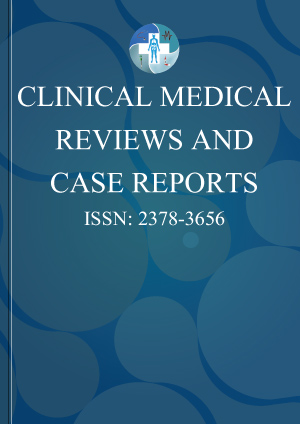Archive
Open Access DOI:10.23937/2378-3656/1410015
Spindle Cell Carcinoma of the Oral Cavity: A Case Report
Ezulia T, Saim L, Primuharsa Putra Sha and MS Kenali
Article Type: Case Report | First Published: January 30, 2015
Spindle Cell Carcinoma (SpCC) also known as sarcomatoid carcinoma is a rare biphasic malignant neoplasm that occurs mainly in the upper aerodigestive tract. It has spindled or pleomorphic tumor cells which simulate a true sarcoma but of epithelial origin. WHO classification has placed this tumour under a highly malignant variant of squamous cell carcinoma and labelled it spindle cell carcinoma. It is known for propensity for recurrence and metastases....
Article Formats
- Full Article
Open Access DOI:10.23937/2378-3656/1410014
Atrial Fibrillation Triggered by Theophylline: a Case Report Treated with 'Pill in the Pocket'
Ekrem Sahan and Suzan Sahan
Article Type: Case Report | First Published: January 04, 2015
Atrial fibrillation (AF) is the most common sustained arrhythmia and the prevalence of AF increases with age. Ageing, hypertension, coronary artery disease, heart failure, diabetes mellitus, valvular heart diseases, congenital heart defects, thyroid dysfunctions, chronic obstructive pulmonary disease, drugs and alcohol are associated with atrial fibrilliation. New-onset AF can be converted to sinus rhythm. 'Pill in the Pocket' administration can be effective in new-onset AF. Herein, we present a...
Article Formats
- Full Article
Open Access DOI:10.23937/2378-3656/1410013
Recurrent Ischemic Strokes as the First Manifestation of A Pancreatic Cancer
Rosaria Renna
Article Type: Case Report | First Published: January 03, 2015
A 56-year-old Caucasian woman presented to the Emergency Department of our hospital with acute headache and a speech disorder characterized by mild aphasia and dysarthria. She had a history of arterial hypertension and nicotism for several years. Neurological evaluation at admission revealed mild motor aphasia and dysarthria (NIHSS: 2). Brain computed tomography (CT) showed two hypodense lesions, in the lef temporal and the right frontal lobes respectively. Results of laboratory tests revealed e...
Article Formats
- Full Article

Volume 2
Issue 1
Issue 1
